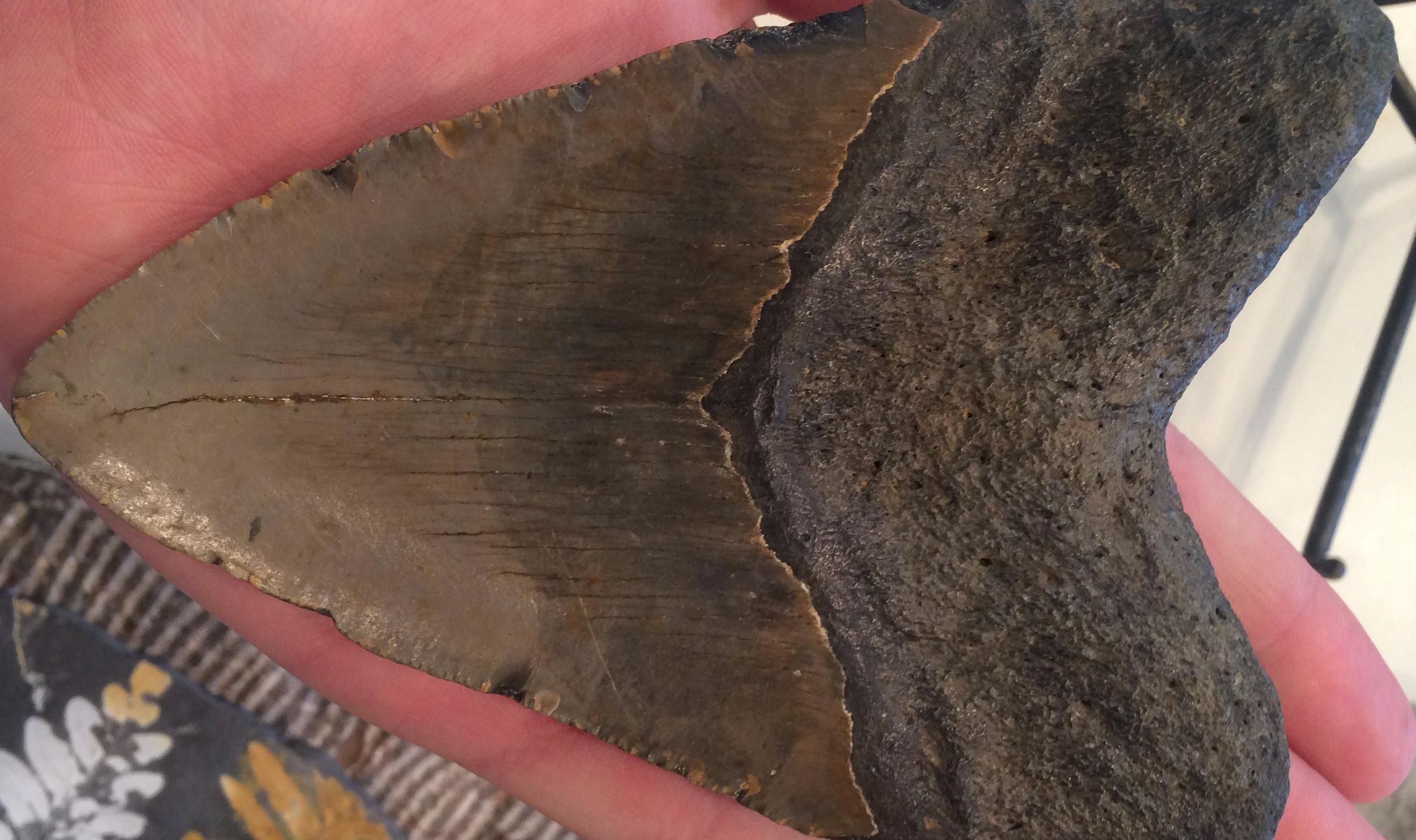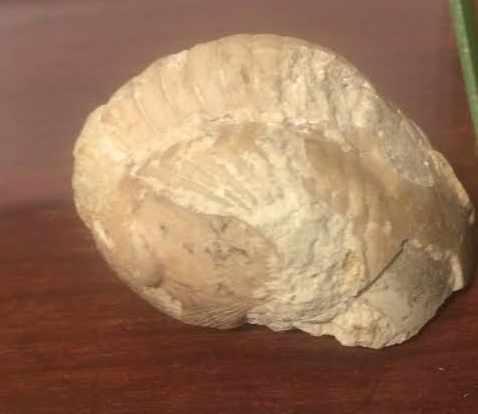Although rarely thought about, many of the fossils commercially available are faked. This section explores what this means, why they are faked, and how to identify fake fossils.

What is a fake fossil?
The definition of a fake fossil varies from person to person, or from taxon to taxon, but we consider a fake fossil to be entirely or majority fabricated and sold as an authentic fossil. This means that there is very little or no fossil present in the specimen, and it is labelled as being authentic.
The majority of commercially available fossils have some degree of repair or restoration. Repair means that the fossil was damaged, but it was fixed with glue or consolidant; for example, if a bone is broken cleanly in two, and glued back together, it is repaired. Conversely, restoration is where a part of the fossil is fabricated because it was lost. If, when the bone broke, a fragment went missing and I fill it in, the fossil is now repaired. Repair is not necessarily a bad thing – it is exceptionally uncommon to uncover certain fossils in their entirety, and as long as restoration is disclosed, most people accept it. Articulate dinosaur skeletons, for example, are almost unheard of, so if one is found missing the skull, putting in a replica skull is the most likely course of action.
This brings us to composited fossils, which are generally less accepted. This is when unassociated fossils are combined, such as two halves of a tooth glued together to look like one. Composited fossils are typically skeletons, where individual bones are commonly found but articulated ones are quite rare. Captorhinus aguti is a reptile from Oklahoma that is infamous for its composited (and restored) skeletons.

A partial Illaenus oblangatus from Petersburg shows why reconstruction is commonplace, with significant damage over the entire specimen.
Why fake a fossil?
There are several reasons why individuals fabricate fossils – for rare or hard-to-prepare ones, quite often it is easier to fake one. For example, fake Dicranurus monstrosus trilobites typically sell for between $25 and $45 dollars, while real ones sell for $500-2,000, but you can make dozens of fake trilobites in the time it takes to excavate and prepare one real one, which is rare to begin with. This reason seems fairly apparent; however, another cause for fake fossils is local law. In China, with a handful of exceptions, it is illegal to export vertebrate fossils. The reptile Keichousaurus hui is plentiful in Guizhou Province, one of the poorest in China, and in the 1990s served as a cottage industry due to Western demand for affordable, articulated skeletons. When the government cracked down on exportation, an entire industry was damaged, and as a result it turned to making casts of authentic fossils.
Not all fossils are faked with malicious intent. Returning to the Dicranurus, most dealers will readily tell you that it is a replica that they are selling. Replicas are a way to look at specimens you otherwise couldn’t afford, or for institutions to have in their comparative collections for study. In fact, most dinosaur skeletons on display are replicas due to the fragility and cost of actual skeletons!

